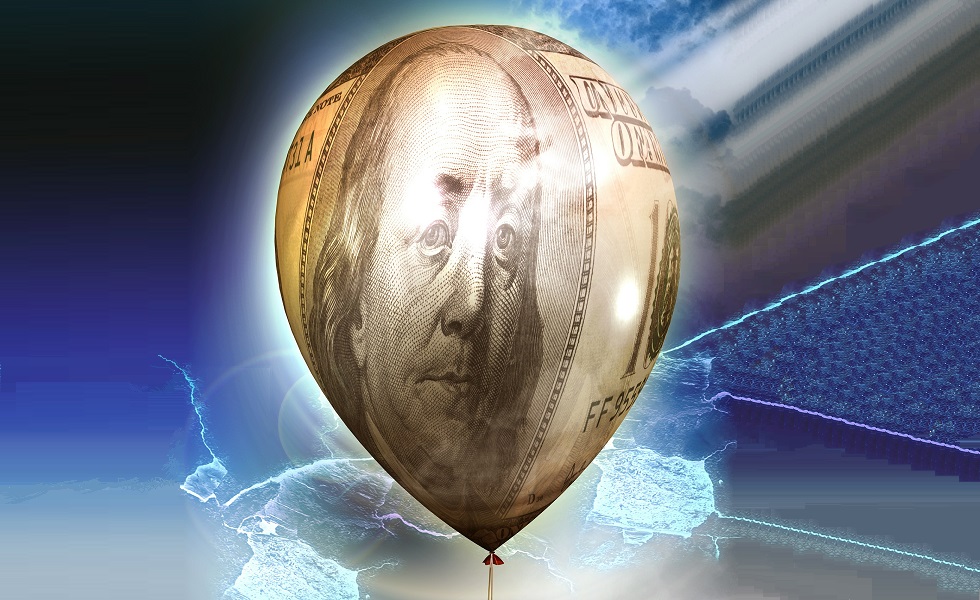MUFG: The Inflation Reduction Act – one year on
MUFG: The Inflation Reduction Act – one year on

One year on since President Biden signed the IRA into law, Ehsan Khoman, Head of Commodities, ESG and Emerging Markets Research, MUFG EMEA, highlights the key developments over the implementation phase of the IRA and provides an outlook for the clean energy regulatory agenda.
Last year’s transformational US Inflation Reduction Act was a landmark piece of legislation. MUFG believes it will be game changing thanks to its long-term visibility, highly executable features, lucid subsidies and source agnostic approach, reducing the risks associated with selecting clean technology winners.
Benefits
US EV sales are garnering momentum with sales sharply up in H1 2023 – now making up nearly 1 in every 12 cars sold – the IRA tax credits worth up to USD7,500 for consumers and greater manufacturing capacities has been a central driver.
The US battery production capacity pipeline has witnessed robust growth since the IRA was passed – with incentives so favourable that corporates have been reallocating capital spend from Europe to the US.
Hurdles
The ability to scale remains central and despite the immense merits of the IRA, supply chain bottlenecks and long lead times remain a sticking point
There remains a significant focus on grid reliability as renewable generation and electrification penetration is ramping up, which is creating differentiated opportunities for those who can scale
Inflection point for the next leg in the renewables capex supercycle is nearing
We are nearing an inflection to more noticeable IRA uplift of investment and profitability. Corporate decarbonisation commitments and the IRA are accelerating willingness to invest in renewables, hydrogen, CCUS, battery storage and energy efficiency solutions.
The commonality in what we are hearing from our clients is that they anticipate an inflection towards year-end and into 2024 as a result of the IRA. Infrastructure contractors, industrials, services companies, and energy/infrastructure optimisation solutions providers are likely to see tailwinds most visibly.
More broadly, in what is a 'goldilocks' era of clean energy regulation across Europe and the US, our estimates point to nearly USD7 trillion of capital in clean energy investments being mobilised over the coming ten years, to accelerate renewable electrons (solar, wind, EVs and energy storage) and renewable molecules (hydrogen, carbon capture and bioenergy).
What to monitor going forward
Looking ahead, we anticipate more visible acceleration in announcements-to-investments from renewables development, battery storage, hydrogen, especially blue hydrogen to take advantage of the carbon capture incentive, CCUS, energy efficiency, electrifications and sustainable fuels.
Timing of potential impact from US IRA varies by sector, and we anticipate infrastructure contractors and operators as well as technology systems as the key sectors to potentially see tailwinds for the remainder of 2023 and into 2024.
Separately, we see opportunities for investments across chemicals, utilities and cleantech – i.e., solar, battery storage and electrolysers – of only materialising notably from late 2024 and beyond, owing to a confluence of project complexity and lead times for capacity expansion.
In terms of the international response, no country or region has responded to the US IRA with any meaningful gravitas. The EU’s NZIA and TCTF lacks the clarity and duration of US IRA funding, though we believe it will alter the economics of investing in net-zero technology manufacturing in Europe.
In a clear risk of European de-industrialisation, whilst the NZIA and TCTF has helped stem the flow of corporates to the US, entities may prefer the simplicity of the US IRA (uncapped tax incentives targets at manufacturers compared to EU’s endeavours hindered by fragmentary regulatory frameworks and complex processes in accessing funding).
Meanwhile, Japan and South Korea have both refocussed national strategies to prioritise various aspects of the clean technology value chain. However, Japanese and South Korean corporates had already responded to the US IRA with Panasonic, Toyota, Honda, and LG Energy Solutions all announcing billion-dollar US investment plans earlier in the year.









